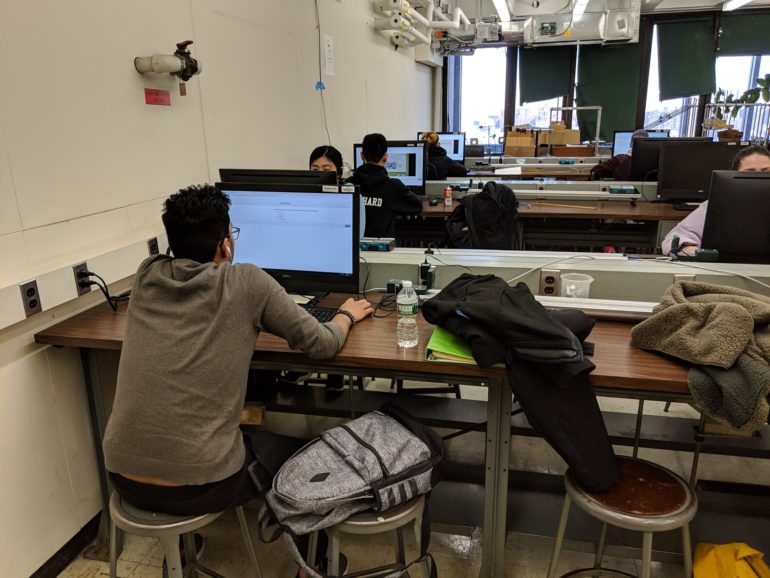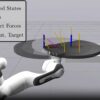The COVID-19 pandemic has made home offices, virtual meetings and remote learning the norm, and it is likely here to stay. But are people paying attention in online meetings? Are students paying attention in virtual classrooms? Researchers Jens Madsen and Lucas C. Parra from City College of New York, demonstrate how eye tracking can be used to measure the level of attention online using standard web cameras, without the need to transfer any data from peoples computers, thus preserving privacy. In a paper entitled “Synchronized eye movements predict test scores in online video education,” published in the Proceedings of the National Academy of Sciences, they show that just by looking at students eyes they can predict how well students will do on quizzes based on educational videos.
“Experienced teachers pay close attention to their students, adjusting their teaching when students seem lost. This dynamic interaction is missing in online education,” said Madsen. “But in our study, we proposed to measure attention to online videos remotely by tracking eye movements and hypothesized that attentive students follow videos similarly with their eyes.”
The CCNY team, was able to show that inter-subject correlation of eye-movements during educational video presentation is substantially higher for attentive students, and that synchronized eye movement are predictive of individual test scores on the material presented in the video.
“These findings replicate for videos in a variety of production styles, learning scenarios and for recall and comprehension questions alike,” noted Parra. “We were able to reproduce the results using standard web cameras to capture eye-movements in a classroom setting, and with over 1,000 participants at home, without the need to transmit user data.”
Their results suggest that online education can be made adaptive to a student’s level of attention in real-time. “The internet has turned attention into a commodity. With video content increasing online, remote sensing of attention to video at scale may have applications beyond education, including entertainment, advertising, or politics. The applications are limitless.”
Appearance, social norms keep students off Zoom cameras
More information:
Jens Madsen et al. Synchronized eye movements predict test scores in online video education, Proceedings of the National Academy of Sciences (2021). DOI: 10.1073/pnas.2016980118
Provided by
City College of New York
Citation:
Researchers demonstrate how to measure student attention during remote learning (2021, January 29)
retrieved 30 January 2021
from https://phys.org/news/2021-01-student-attention-remote.html
This document is subject to copyright. Apart from any fair dealing for the purpose of private study or research, no
part may be reproduced without the written permission. The content is provided for information purposes only.



